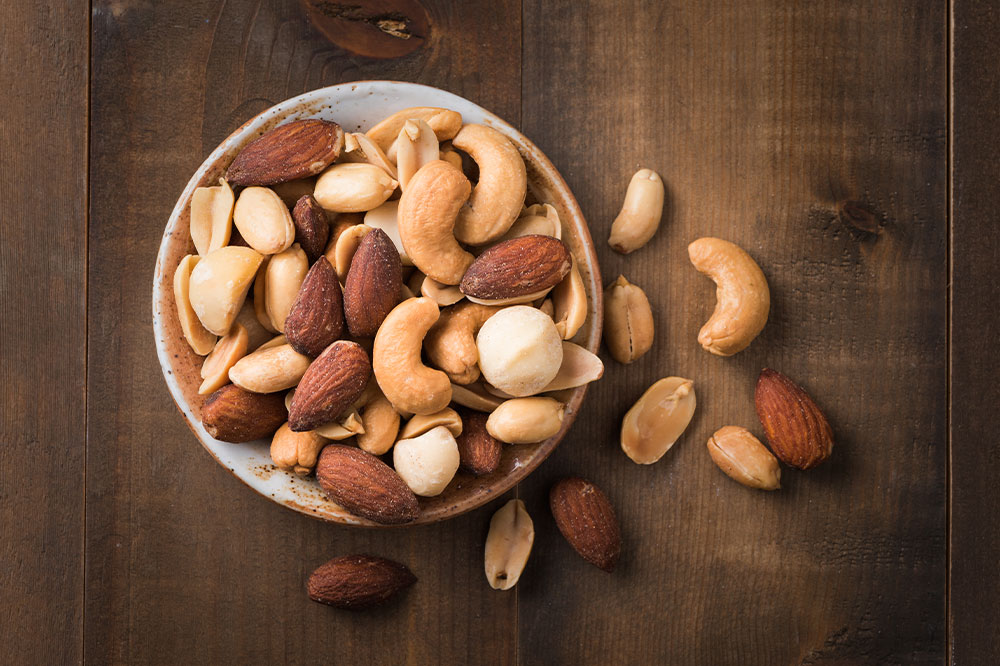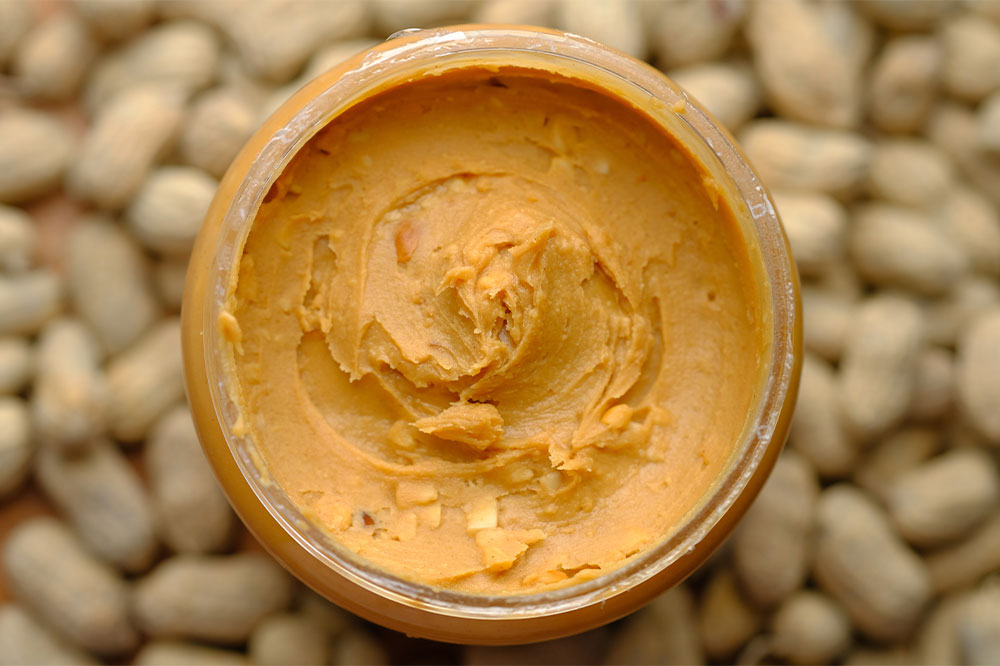16 types of vasculitis and their symptoms

Vasculitis is a group of diseases that cause inflammation in the blood vessels. The immune system attacks healthy blood vessels, leading to their narrowing and swelling, and may be triggered by an infection or underlying condition. It could also limit blood flow and damage the organs and tissues. Vasculitis can be classified into different types based on the cause and affected body parts. This article will discuss 16 types of vasculitis, their signs and symptoms.
1. Eosinophilic granulomatosis polyangiitis (Churg-Strauss Syndrome)
This type of vasculitis mainly affects people between the ages of 38 and 54. Some common symptoms include:
- Asthma
- Allergic rhinitis
- High fever
- Muscle and joint pain
- Tiredness or fatigue
- Loss of appetite
- It may also affect the nerves, causing a pins-and-needles sensation or numbness.
2. Temporal arteritis (giant cell arteritis)
This type of vasculitis occurs when the arteries of the head (temple) become inflamed. This condition primarily affects people over the age of 50. Common signs of temporal arteritis include:
- Aching and soreness around the temples
- Muscular pain in the jaw while eating
- Headaches
- Double vision or vision loss
- Polymyalgia rheumatica, or muscle pain and stiffness in the shoulders, neck, and hips
3. Granulomatosis with polyangiitis (Wegener’s granulomatosis)
This type of vasculitis affects the blood vessels in the nose, sinuses, ears, lungs, and kidneys. Some common signs include:
- High fever
- Night sweats
- Inflammation of the sinuses
- Nosebleeds and crusting of the nose
- Shortness of breath
- Coughing up blood
- Kidney problems
4. Henoch-Schönlein purpura
This rare vasculitis affects the skin, kidneys, and bowel. It generally occurs among kids as a reaction to an infection. Some signs and symptoms include:
- Rash (that looks like minor bruises or reddish-purple spots)
- Joint pain
- Abdominal pain
- Diarrhea
- Blood in urine or stool
5. Kawasaki Disease
This vasculitis mainly affects children under 5. Common signs and symptoms include:
- High fever that lasts for five days or more
- Rash
- Swollen glands in the neck
- Dry, cracked lips
- Red fingers or toes
- Red eyes
6. Microscopic polyangiitis
This rare and long-term vasculitis most often develops in middle-aged people. Although it can affect any organ, it mainly affects the lungs, kidneys, and nerves. Some signs and symptoms include:
- Rash
- Shortness of breath
- Coughing up blood
- The sensation of pins and needles or numbness
- Joint stiffness
- Muscle aches
- Loss of appetite
- Tiredness or fatigue
- Flu-like symptoms (such as a high fever and body aches)
- Kidney problems
7. Polyarteritis nodosa
This rare vasculitis mainly affects the arteries supplying blood to the gut, kidneys, and nerves. It generally develops in middle-aged people and causes symptoms such as:
- Muscle and joint pain
- Abdominal pain
- Rash
- The sensation of pins and needles or numbness
- Bleeding and ulcers in the gut
8. Polymyalgia rheumatica
This form of vasculitis is closely related to temporal arteritis. It develops among people in their 50s and tends to affect women more than men. Some common signs and symptoms include:
- Pain and stiffness in the shoulder, neck, and hips (may feel worse after waking up)
- High fever
- Tiredness or fatigue
- Loss of appetite
- Depression
9. Takayasu arteritis
This form of vasculitis affects the main artery from the heart and the major arteries branching from it. It is typically seen among young women. Symptoms of this condition include:
- Tiredness or fatigue
- High fever
- Muscle and joint pain
- Painful, numb, or cold limbs
10. Buerger’s Disease
This disease causes the inflammation of small and medium-sized blood vessels, mainly in the hands and feet. Its signs and symptoms are:
- Pain, tenderness, or a burning sensation in the lower legs or feet while walking
- Pain or tenderness in the hands or forearms
- Blood clots
- Ulcers on the toes and fingers
- Changes in the color of the fingers and toes (may appear pale, red, or bluish)
11. Cogan’s Syndrome
Cogan’s Syndrome is a rare autoimmune form of vasculitis. Some common signs of this condition include:
- Eye redness and pain
- Decreased or blurred vision
- Sensitivity to light
- Excessive tear production
- Hearing loss, which may be accompanied by tinnitus
- Vertigo
- Dizziness
- Poor balance
- Muscle pain and cramping
- Joint pain
- Headache
- Fever
12. Cryoglobulinemic vasculitis
This form of vasculitis occurs when cryoglobulins clump together at cold temperatures, restricting blood flow to the skin, muscles, nerves, and organs. This gives rise to symptoms such as:
- Rash with red spots and purple discoloration
- Hives
- Open sores or ulcers
- Loss of tissue (necrosis)
- Severe fatigue
- Joint pain
- Numbness, tingling, and burning sensation in the extremities
- Muscle pain and weakness
- Discoloration of hands in cold temperatures
- Swollen lymph nodes
- Abdominal pain
- Kidney damage
13. Hypersensitivity vasculitis: Also known as leukocytoclastic vasculitis, this form generally affects older people. Some common signs and symptoms include:
- Fever
- Muscle pain
- Blood in stool or urine
- Vomiting
- Numbness
- Scars
- Wound infections
- Chronic leg ulcers
14. Primary angiitis of the central nervous system
This rare vasculitis generally affects people around 50. It affects more men than women. Some signs and symptoms include:
- Headaches
- Encephalopathy
- Strokes/transient ischemic attack
- Seizures
- Behavioral changes
- Focal motor/sensory abnormalities
- AtaxiaCranial neuropathies
- Visual changes
- Myelopathy
- Radiculopathy
15. Rheumatoid vasculitis
Rheumatoid vasculitis generally appears among those with rheumatoid arthritis for a long time. It presents the following signs:
- Skin sores or ulcers
- Purplish bruises
- Pain in fingers and toes
- Tissue death (gangrene) in fingers and toes
- Muscle weakness
- Loss of sensation in some parts of the body
- Tingling and pain
- Eye pain
- Eye redness
- Blurry vision
- Chest pain
- Abnormal heart rhythm
16. Behçet’s Disease
Behçet’s Disease or Syndrome is a rare disorder that causes inflammation in the blood vessels. Since the symptoms of this condition overlap with many others, it is often tougher to diagnose. Some signs include:
- Genital and mouth ulcers
- Red, painful eyes and blurred vision
- Acne-like spots
- Headaches
- Painful, swollen, and stiff joints
- Permanent vision loss
- Stroke
Treatment for vasculitis varies based on the type and underlying causes. While it may resolve independently if caused by an allergic reaction, immediate treatment may be necessary if it affects vital organs.







